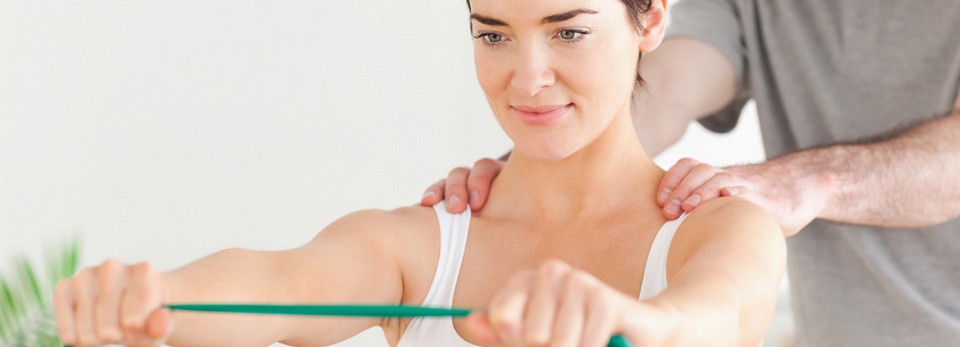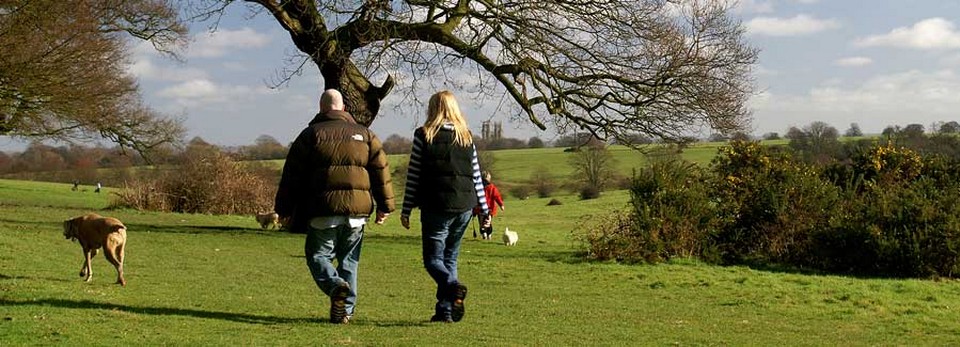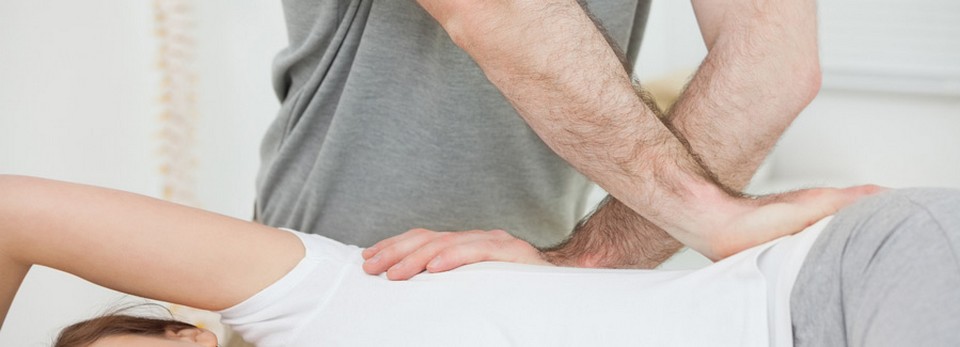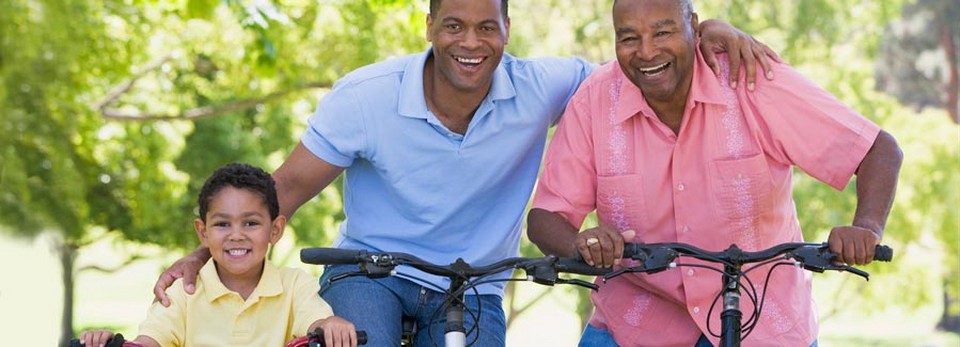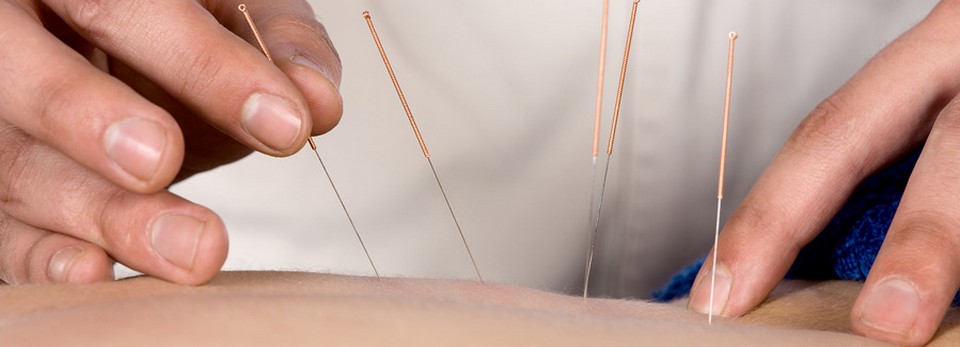Regular physical activity is good for your health and can lengthen your life; the problem is that most of us aren’t getting enough of it. The good news is that exercise doesn’t have to be boring - hiking is a great way to meet the recommended physical activity guidelines, and as a bonus, you get to enjoy the beauty of nature.
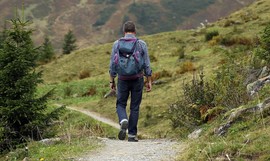 Regular exercise improves your health and lengthens your life. But this doesn't mean you have to spend long hours within the walls of a gym or be confined to the sidewalks of your neighborhood. Hiking in nature is an excellent way to break up a monotonous exercise routine and get away from the stress of daily life.
Regular exercise improves your health and lengthens your life. But this doesn't mean you have to spend long hours within the walls of a gym or be confined to the sidewalks of your neighborhood. Hiking in nature is an excellent way to break up a monotonous exercise routine and get away from the stress of daily life.
According to the Centers for Disease Control and Prevention (CDC) and Canada's Physical Activity Guide, you should aim to do at least 30 minutes of moderate-intensity exercise nearly every day of the week.
A brisk two-mile (about 3.2 km) hike over level terrain is enough to meet this goal, but even walking at a more comfortable pace can have short and long-term benefits for your health.
Weight loss.
Walking is considered one of the simplest ways to lose weight and keep it off. In fact, if you weigh 200 pounds (about 91 kg) and hike at a comfortable 2 mph (3.2 km/h) pace for one hour you can burn 312 calories.
Improve your cholesterol levels.
Hiking and other physical activity actually increases the amount of high-density lipoprotein (HDL) or "good" cholesterol in your blood. It is not yet known why exercise increases HDL, just that the longer the workout, the more HDL is produced. HDL helps clear "bad" cholesterol that has built up along the walls of your blood vessels, reducing your risk of heart disease.
Lower your blood pressure.
Hiking helps open up the arteries, which lowers blood pressure and takes stress off your heart. In one clinical study, walking for 30 minutes a day, three days a week was enough to significantly reduce participants' blood pressure levels.
Reduce stress.
Being out in the sunshine and fresh air can do wonders for your mental health. In fact, one study showed that walking for 40 minutes immediately decreased the participants' levels of tension and anxiety, no matter how fast or slow they walked
Lower your risk of cancer.
The time outdoors in the sunshine will increase your vitamin D levels. Higher levels of vitamin D have been shown to help prevent many types of cancer, including colorectal cancer. Remember, experts still recommend using sun block to lower the risk of skin cancer.
Hiking in the great outdoors can bring a sense of adventure to your fitness routine. However, because you can be faced with uneven terrain and steep inclines, sometimes while wearing a heavy backpack, you need to make sure you are prepared and take some simple precautions. Otherwise you could be faced with muscle and joint pain, ankle sprains, or knee and lower back pain.
Use the proper equipment.
A comfortable pair of well-fitting hiking shoes is essential to keep you from spraining an ankle or getting blisters. A set of trekking poles may also be a good idea if you are hiking on especially steep or rocky trails. They can help reduce the amount of impact on your knees and ankles while walking downhill.
Make sure you are up to the challenge.
If you plan on going on a strenuous trip, make sure you are in good enough physical condition first. You will need to prepare for at least a month by doing strengthening and conditioning exercises. Even if you aren't planning on walking up hills or mountains, through streams and over rocks, doing exercises that help improve your stability, coordination and balance can help you keep your footing on the trail and prevent ankle and knee injuries.
Pace yourself.
If you have never been hiking before or are hiking in unfamiliar territory, start with short excursions to build up your stamina and get the lay of the land. Also make sure to take regular breaks to keep yourself hydrated. Engage in a proper warm-up and cool down with dynamic and static stretches after each hike to keep you limber.
For more great hiking tips or to discuss the benefits of having an injury prevention assessment before you hit the trails, you should talk to the trained, licensed physiotherapists at Bedford-Sackville Physiotherapy Clinic Inc..
If you have already been hurt while hiking or participating in another physical activity, one of our physiotherapists would be happy to assess your injury and create a program that will get you back on your feet. Call Bedford-Sackville Physiotherapy Clinic Inc. to make an appointment or to ask any questions you may have.
References:
1. Centers for Disease Control and Prevention. Physical Activity for Everyone: How Much Physical Activity Do Adults Need? http://www.cdc.gov/physicalactivity/everyone/guidelines/adults.html. Updated May 10, 2010. Accessed December 20, 2010.
2. Public Health Agency of Canada. Canada's Physical Activity Guide to Healthy Active Living. Available from http://www.csep.ca/english/view.asp?x=723. Accessed December 20, 2010.
3. American Heart Association. Fighting Heart Disease and Stroke, Physical Activity Calorie Use Chart. http://216.185.112.5/presenter.jhtml?identifier=756. Accessed December 20, 2010.
4. Hardman AE, Hudson A. Brisk walking and serum lipid and lipoprotein variables in previously sedentary women--effect of 12 weeks of regular brisk walking followed by 12 weeks of detraining. Br J Sports Med. 1994;28:261-266.
5. Tully MA, Cupples ME, Hart ND, et al. Randomised controlled trial of home-based walking programmes at and below current recommended levels of exercise in sedentary adults. J Epidemiol Community Health. 2007;61:778-783.
6. Bricklin M, Spilner M, eds. Prevention's Practical Encyclopedia of Walking for Health: From Age-Reversal to Weight Loss, the Most Complete Guide Ever Written. Emmaus, PA: Rodale Press, Inc; 1993.
7. Jenab M, Bueno-de-Mesquita HB, Ferrari P, et al. Association between pre-diagnostic circulating vitamin D concentration and risk of colorectal cancer in European populations: a nested case-control study. BMJ. 2010 Jan 21;340:b5500.

